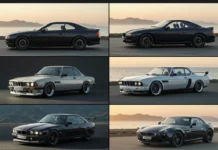Introduction to American Muscle Cars
American muscle cars have long represented the raw power, rebellious spirit, and unmistakable style that define a unique chapter in automotive history. Their thunderous engines, aggressive designs, and cultural significance have made them icons not only on the road but also in the hearts of car enthusiasts across generations.
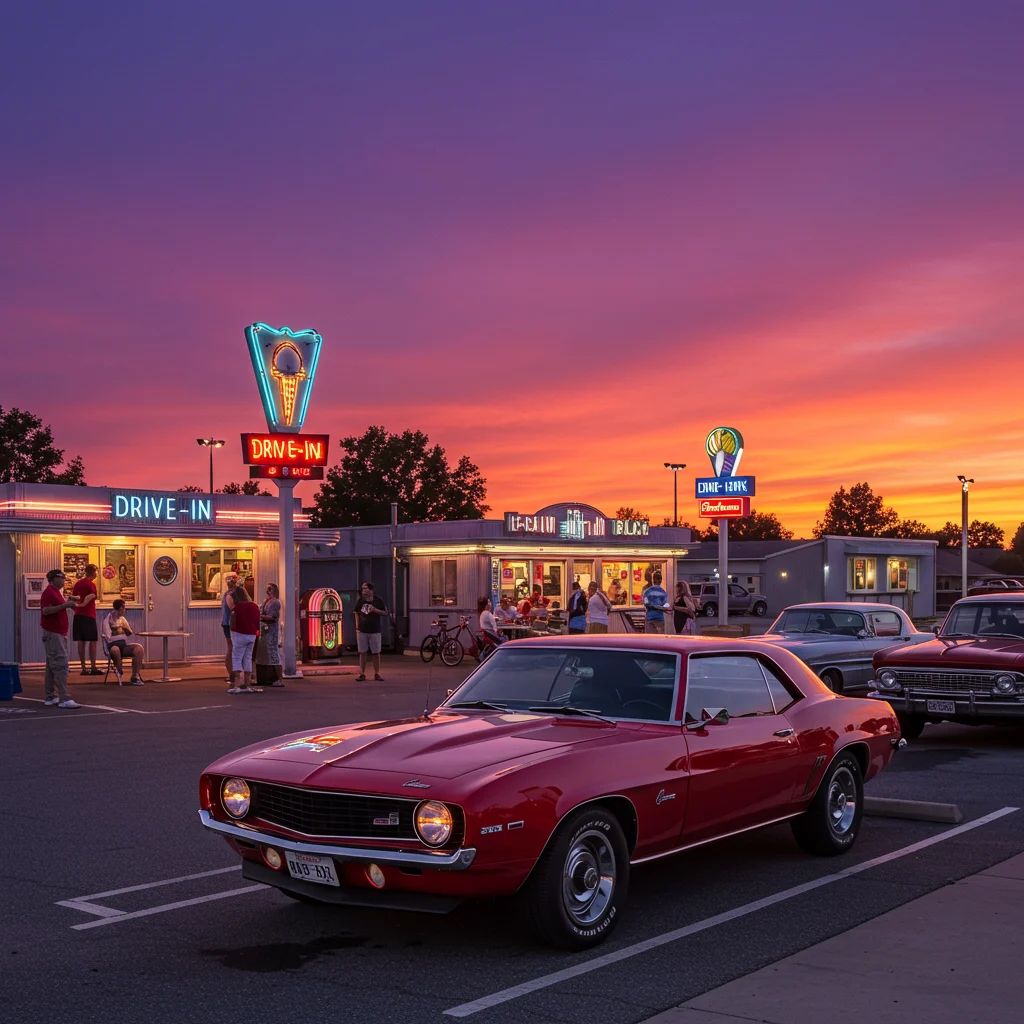
Let us explore what truly sets these vehicles apart, why they have become so beloved, and how they continue to influence car culture worldwide.
What Defines a Muscle Car?
At its core, a muscle car is an American-made, two-door sports coupe equipped with a powerful V8 engine, designed for straight-line speed and affordable performance. These cars prioritize acceleration and raw horsepower over luxury or refinement, making them thrilling to drive and instantly recognizable.
The Origins of Muscle Cars
The roots of muscle cars trace back to the 1940s and 1950s, when manufacturers began pairing lightweight bodies with high-displacement engines. However, the movement truly gained momentum in the early 1960s, driven by a post-war appetite for more power and excitement on American roads.
Why Are Muscle Cars So Iconic?
Muscle cars captured the imagination of a nation. Their combination of affordability, speed, and style made them accessible to the masses, while their appearance in movies, music, and pop culture cemented their status as American legends. The rumble of a V8 engine and the gleam of chrome became symbols of freedom and individuality.
Key Characteristics of Classic Muscle Cars
Classic muscle cars are defined by several hallmark features:
-
- Large-displacement V8 engines
-
- Rear-wheel drive
-
- Striking, aggressive styling
-
- Relatively affordable price point when new
-
- Focus on straight-line acceleration
These elements combined to deliver a visceral driving experience that continues to inspire admiration today.
How We Selected the Top 10 Muscle Cars
Choosing the greatest American muscle cars of all time required a careful balance of objective data and subjective passion. Our process considered performance, historical impact, and enduring legacy.
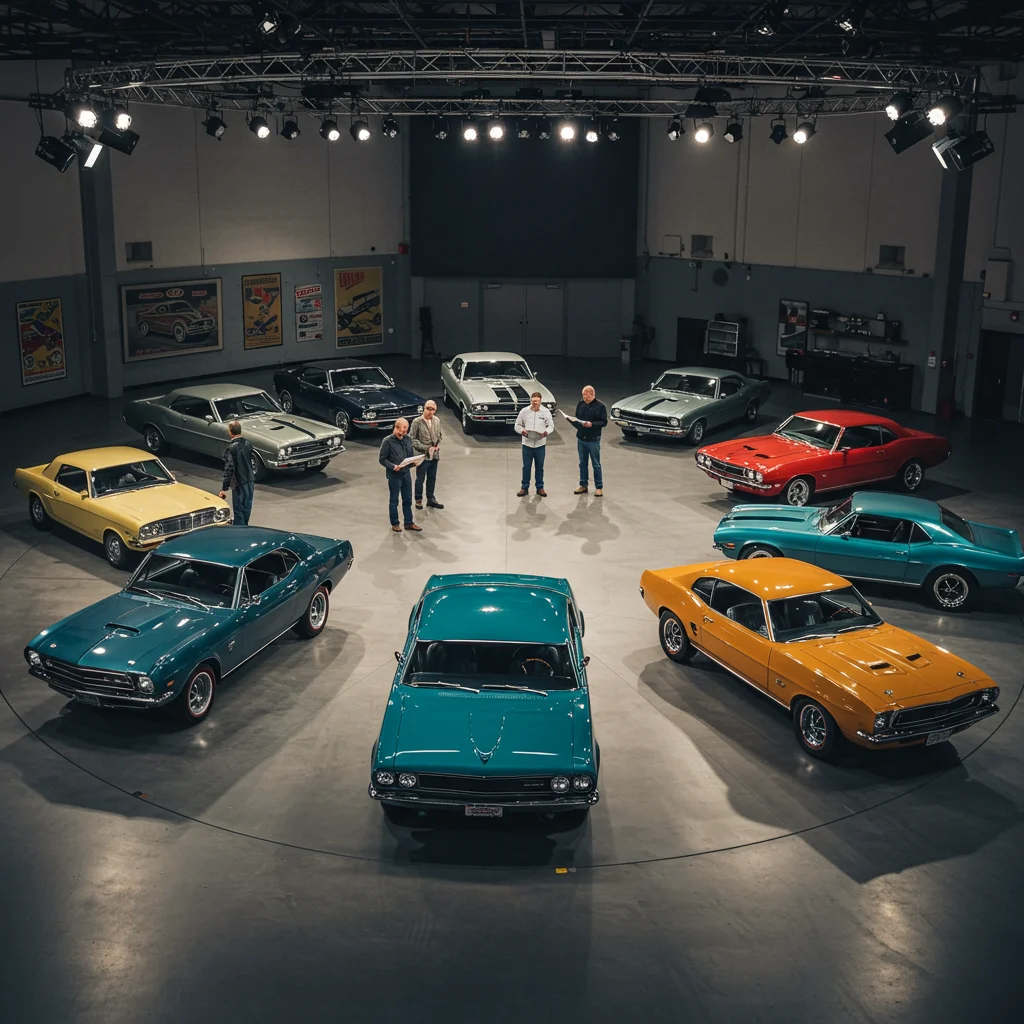
Criteria for Ranking
We evaluated each candidate based on:
-
- Performance capabilities and innovation
-
- Influence on the automotive industry
-
- Cultural significance
-
- Rarity and collector value
Performance Metrics Considered
Key performance metrics included horsepower, torque, acceleration, and handling. We also examined engineering advancements and the impact each model had on future vehicle development.
Cultural Impact and Legacy
The most celebrated muscle cars transcended the showroom to become cultural phenomena. Their roles in film, television, and motorsport contributed heavily to our rankings, as did their ongoing influence on automotive design and enthusiast communities.
Overview: The Top 10 Great American Muscle Cars
Each car on our list has left an indelible mark on automotive history, combining performance, style, and a unique story. Here are the top 10, explored in detail.
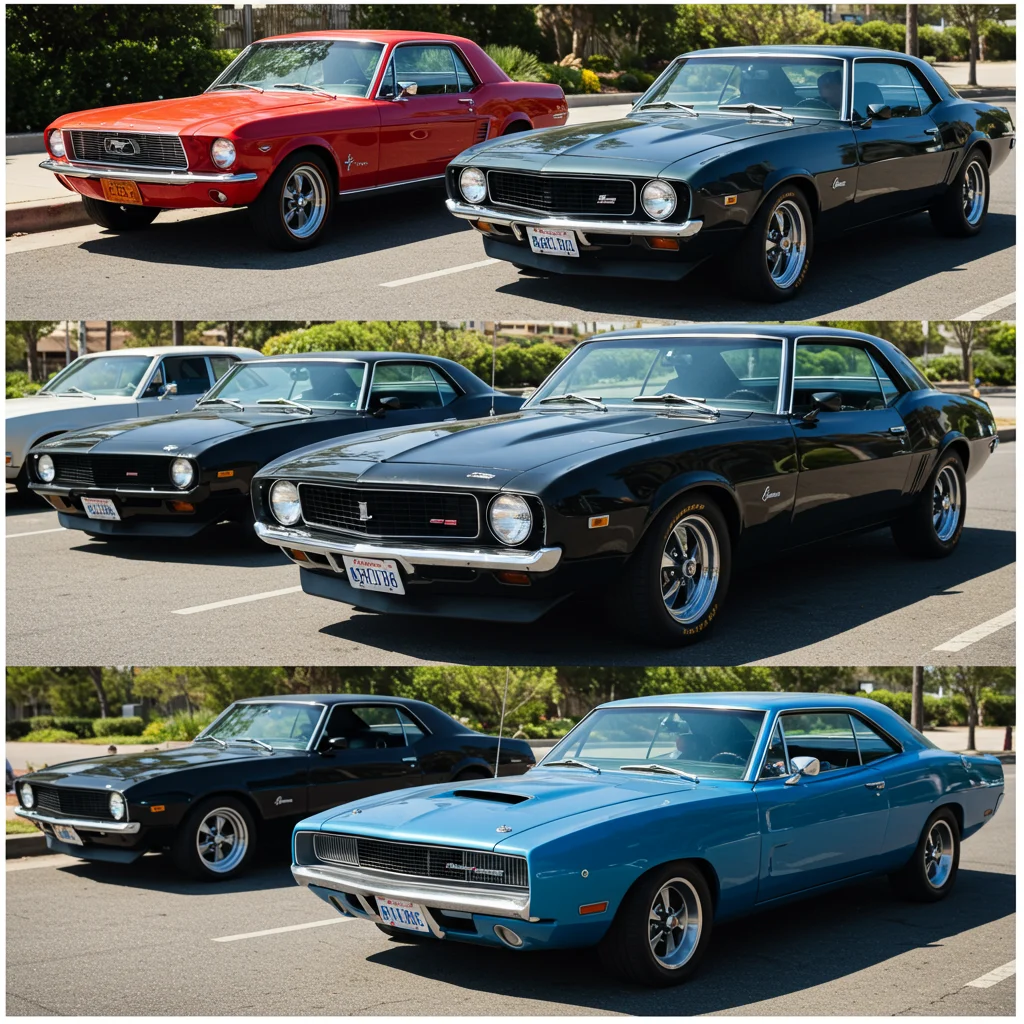
1. 1969 Chevrolet Camaro ZL1
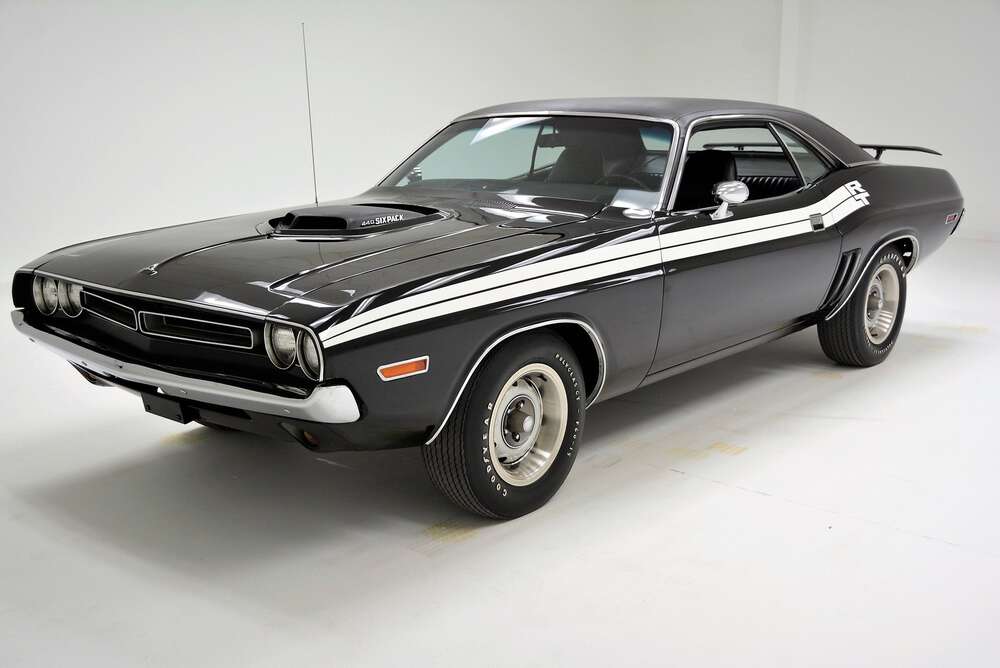
History and Background
The 1969 Chevrolet Camaro ZL1 stands as a rare and powerful icon. Born from Chevrolet’s desire to dominate drag strips, only 69 units were produced, each equipped with an all-aluminum 427-cubic inch V8 engine derived from racing technology.
Performance Specs
This Camaro delivered an astonishing 430 horsepower (though actual output was higher) and could sprint down the quarter-mile in under 13 seconds—a feat that still impresses today.
Unique Features
Its lightweight aluminum engine, minimalistic trim, and race-bred components set it apart from other Camaros. The ZL1’s rarity and performance make it one of the most sought-after collectibles in the world.
Why It Made the List
The Camaro ZL1 represents the pinnacle of factory-built muscle car engineering, blending exclusivity with jaw-dropping speed.
2. 1970 Plymouth Hemi ‘Cuda

History and Background
The 1970 Plymouth Hemi ‘Cuda stands as a symbol of Mopar muscle. With its bold styling and legendary 426 Hemi engine, it quickly became a favorite among racers and collectors alike.
Performance Specs
Packing 425 horsepower and 490 lb-ft of torque, the Hemi ‘Cuda could rocket from 0 to 60 mph in just over 5 seconds. Its quarter-mile prowess was equally impressive.
Design Highlights
Distinctive “Shaker” hood scoops, aggressive lines, and vibrant color options gave the Hemi ‘Cuda a presence that turned heads everywhere it went.
Collectibility
Thanks to low production numbers and its legendary status, the Hemi ‘Cuda commands sky-high values at auction. For more on valuable Chrysler vehicles, see our overview of the most expensive Chrysler cars in the world.
3. 1964 Pontiac GTO

The Birth of the GTO
The 1964 Pontiac GTO is often credited as the car that ignited the muscle car era. By dropping a big V8 into a midsize body, Pontiac created a blueprint that would be widely imitated.
Performance and Engineering
Early GTOs featured a 389-cubic inch V8 producing up to 348 horsepower, paired with a close-ratio manual transmission for maximum driver engagement.
Cultural Significance
The GTO’s blend of power and affordability resonated with young drivers, and its success inspired countless imitators, making it a foundational model in muscle car history.
4. 1970 Chevrolet Chevelle SS 454
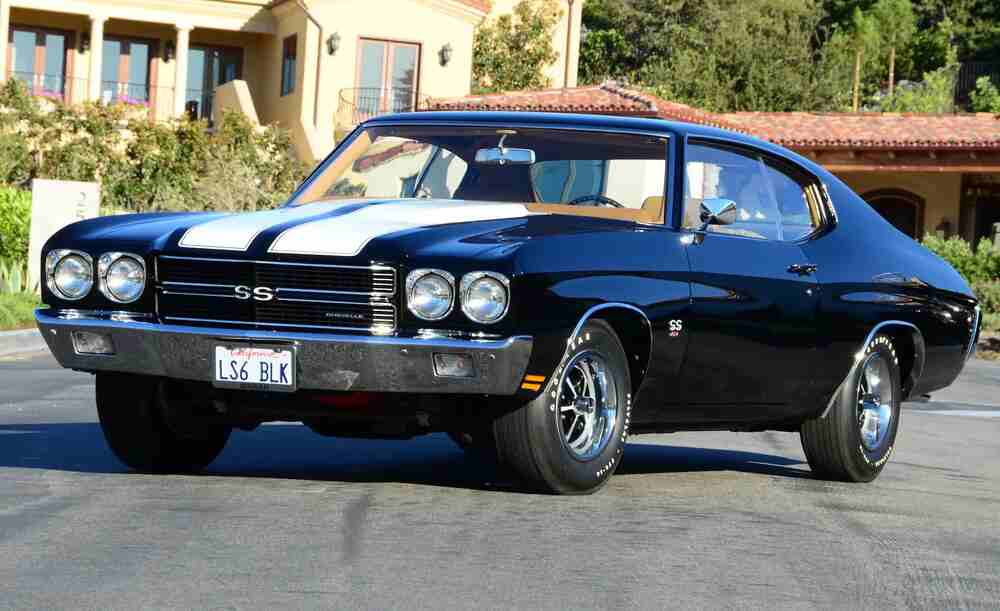
Engine and Powertrain
The 1970 Chevelle SS 454 is revered for its LS6 V8 engine, which produced a jaw-dropping 450 horsepower and 500 lb-ft of torque, making it one of the most powerful muscle cars of its time.
Styling and Design
With its wide stance, cowl induction hood, and bold striping, the Chevelle SS 454 exuded confidence and aggression. The interior offered a perfect balance of comfort and sportiness.
Market Value Today
Pristine examples of this model fetch premium prices at collector auctions, reflecting its enduring desirability and status among enthusiasts.
5. 1969 Dodge Charger R/T
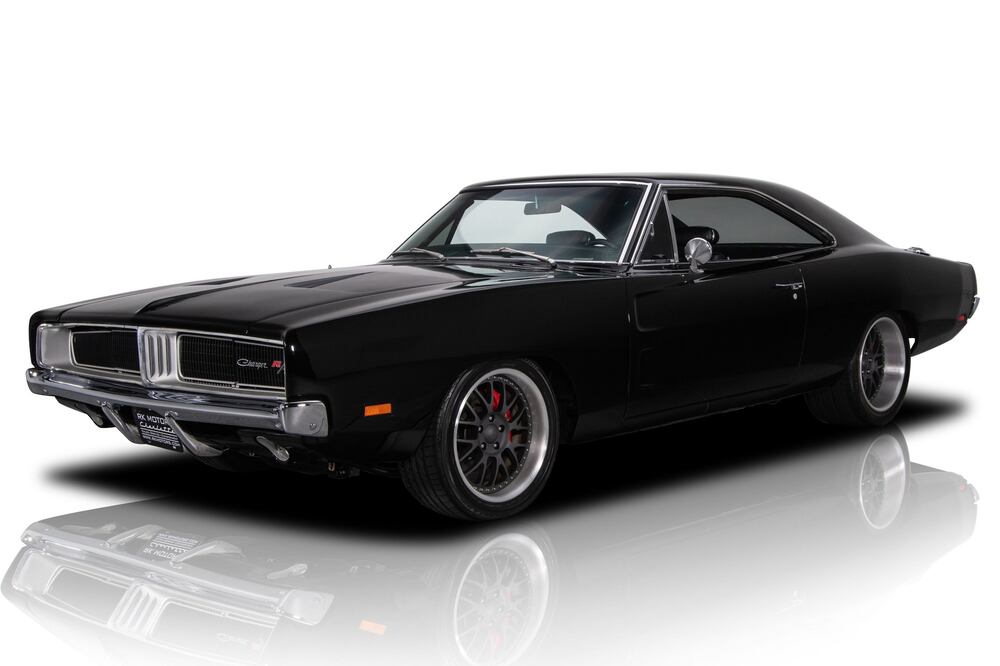
Performance Overview
The 1969 Dodge Charger R/T delivered exhilarating speed thanks to its standard 440 Magnum V8 or optional 426 Hemi. Its performance on the street and strip was matched only by its unmistakable silhouette.
Famous Appearances in Pop Culture
This Charger’s fame skyrocketed thanks to its starring role in television and film, most notably as the “General Lee” in “The Dukes of Hazzard.” Its cinematic legacy continues to inspire, as we discussed in our review of Fast and Furious Tokyo Drift cars.
Ownership Experience
Owners of the Charger R/T praise its robust construction, spacious interior, and the visceral thrill of commanding such a legendary machine.
6. 1967 Shelby GT500
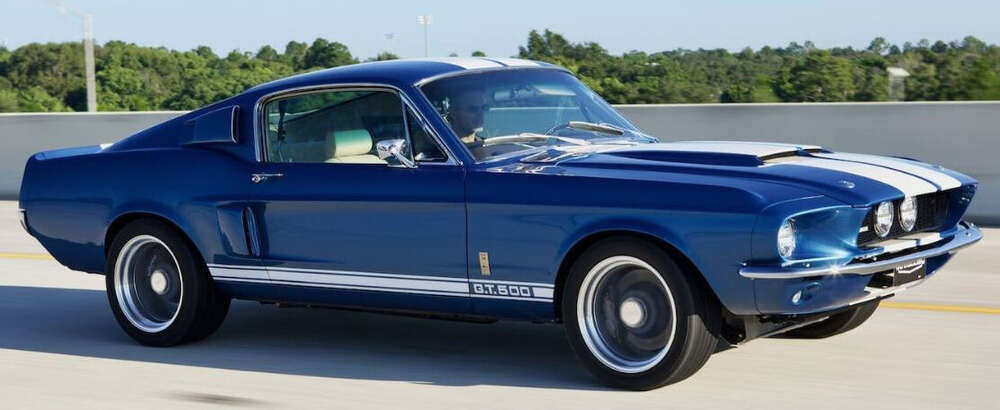
Carroll Shelby’s Influence
The 1967 Shelby GT500 was the result of Carroll Shelby’s relentless pursuit of speed and performance. His modifications transformed the Mustang into a race-ready powerhouse.
Performance and Handling
Powered by a 428-cubic inch Police Interceptor V8, the GT500 delivered both straight-line speed and improved handling, thanks to upgraded suspension and brakes.
Legacy in Motorsports
The GT500’s success on the track and its unmistakable styling have made it one of the most admired muscle cars ever produced.
7. 1970 Buick GSX
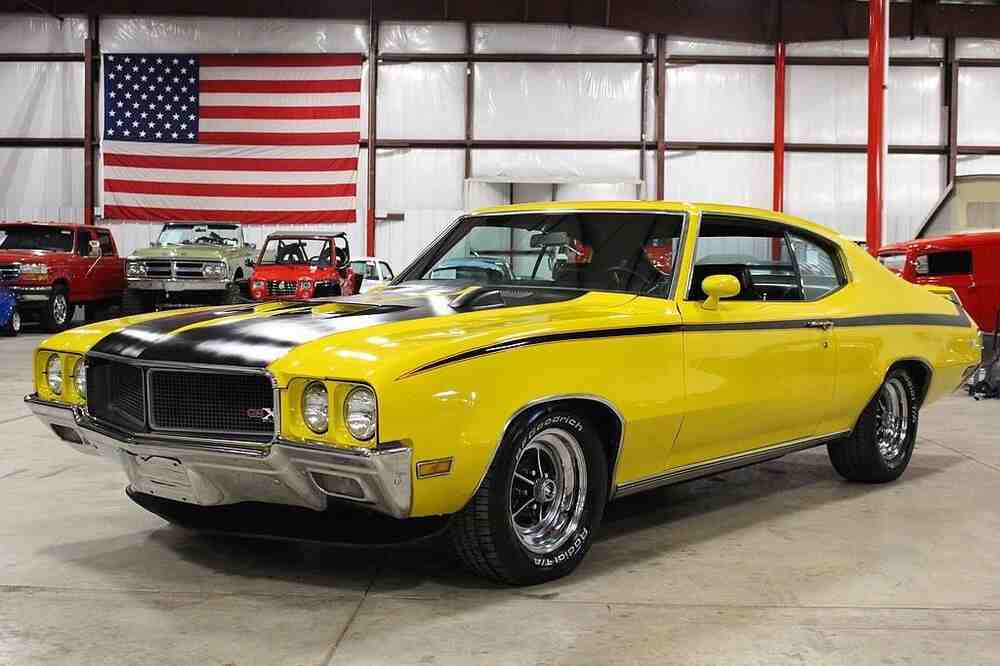
Performance Specs
The 1970 Buick GSX combined luxury and muscle, boasting a 455 Stage 1 V8 that produced 510 lb-ft of torque—one of the highest figures of the era.
Distinctive Features
Signature features included bold striping, rear spoilers, and high-impact colors like Saturn Yellow and Apollo White, making the GSX instantly recognizable.
Production Numbers
With only 678 units built, the GSX remains a rare and valuable collector’s item.
8. 1968 Ford Mustang GT Fastback
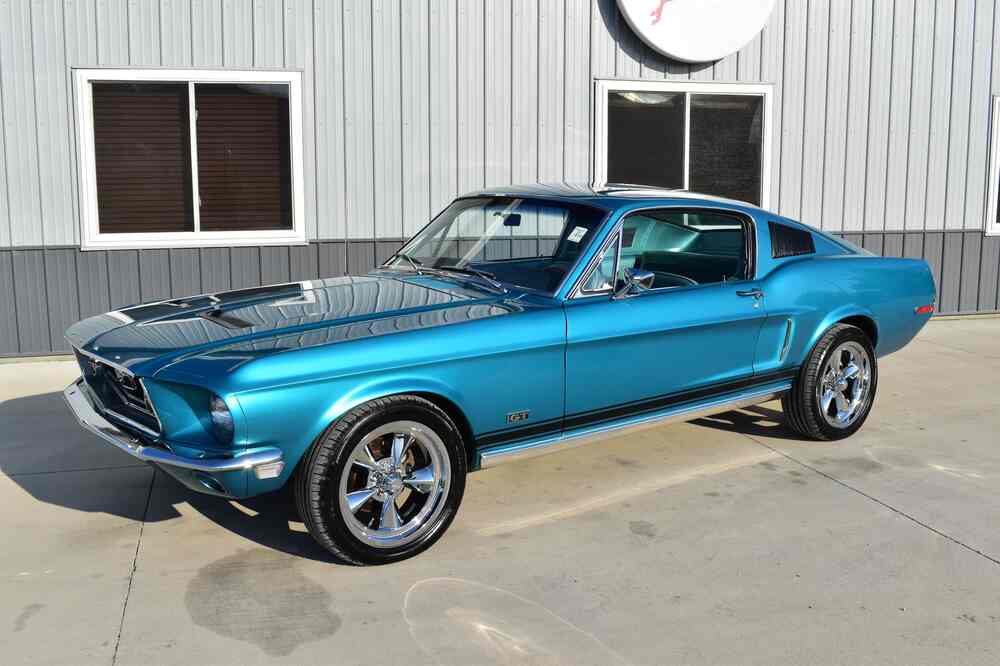
Steve McQueen and the Bullitt Legacy
The 1968 Mustang GT Fastback achieved legendary status thanks to its role in the film “Bullitt,” where Steve McQueen’s high-speed chase through San Francisco streets became the stuff of legend.
Engine Options
Buyers could opt for a range of powerful V8s, including the 390-cubic inch engine that powered the Bullitt car, delivering an unforgettable exhaust note and acceleration.
Enduring Popularity
The Mustang’s timeless design and Hollywood legacy have guaranteed its continued popularity among collectors and enthusiasts alike.
9. 1970 Oldsmobile 442 W-30
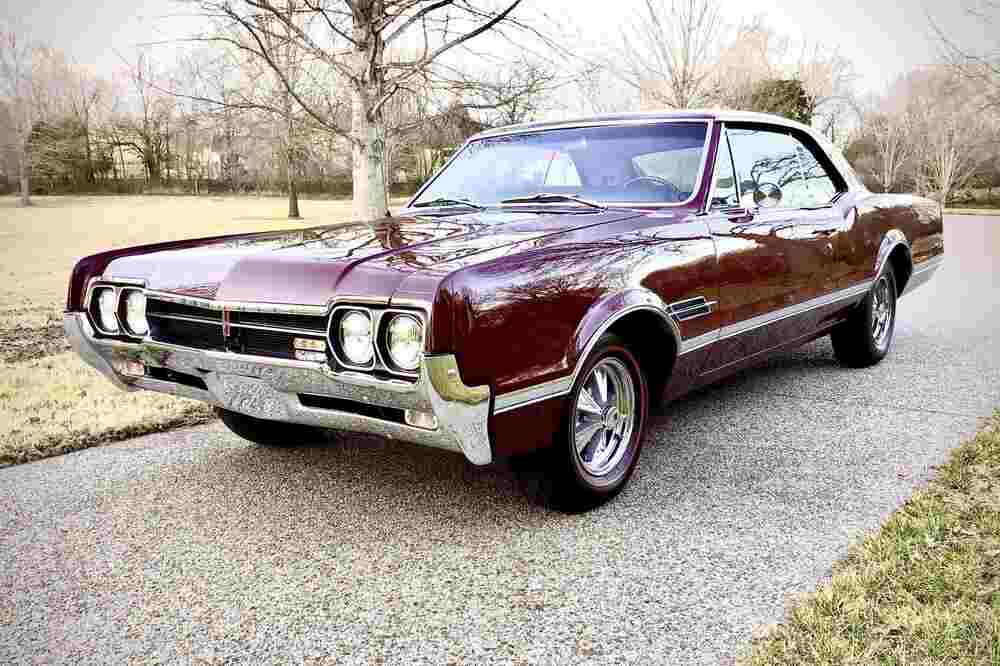
Performance and Engineering
The 1970 Oldsmobile 442 W-30 offered a blend of brute force and sophistication, with a 455-cubic inch V8 and advanced induction systems that set it apart from rivals.
Design and Features
Its bold stripes, functional hood scoops, and premium interior appointments made the 442 W-30 both a performer and a statement piece.
Rarity and Value
Limited production and high performance have made this model a prized possession for serious collectors.
10. 1971 Plymouth Road Runner

Powertrain and Performance
The 1971 Plymouth Road Runner was engineered for the quarter-mile, with engine options ranging from the 383-cubic inch V8 to the mighty 426 Hemi.
Styling Cues
Its cartoon-inspired badging, “beep beep” horn, and bold graphics gave the Road Runner a playful yet intimidating persona.
Collector Appeal
Affordable when new but highly valuable today, the Road Runner’s legacy is secure among Mopar enthusiasts and muscle car aficionados.
Honorable Mentions: Other Notable Muscle Cars
While our top ten list features the most influential models, several other American muscle cars deserve recognition. Vehicles like the AMC AMX, Mercury Cougar Eliminator, and Ford Torino Cobra contributed to the rich tapestry of muscle car history, each offering unique attributes and loyal followings.

What About Modern Muscle Cars?
Contemporary models such as the Dodge Challenger SRT Hellcat, Chevrolet Camaro ZL1 (modern), and Ford Mustang GT500 continue the tradition, blending classic performance with modern technology. For those interested in the latest convertible options, our review of the best 4 passenger convertible cars in 2025 highlights how muscle and style coexist today.
How Have Muscle Cars Influenced Automotive Culture?
The impact of muscle cars extends far beyond the cars themselves. They have shaped automotive culture, inspired countless enthusiasts, and helped define what it means to love driving.
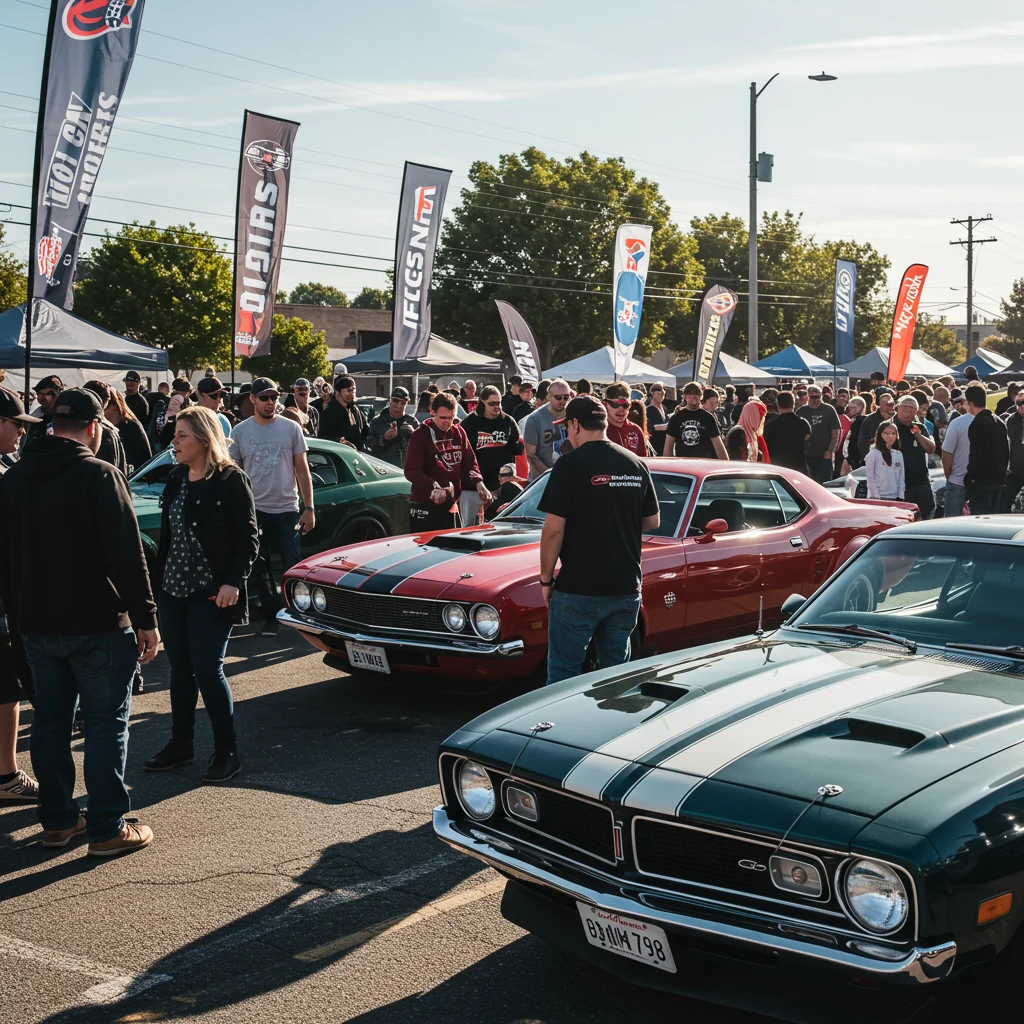
Muscle Cars in Movies and TV
From “Bullitt” to “Vanishing Point,” muscle cars have been immortalized on screen, often symbolizing rebellion and freedom. Their cinematic presence has fueled their enduring popularity.
Muscle Cars and Car Shows
Car shows across America frequently showcase meticulously restored muscle cars, allowing fans to appreciate their beauty up close and share stories with fellow enthusiasts.
The Collector Car Market
The value of classic muscle cars has soared, with rare models fetching record prices at auction. As experts often say:
“Muscle cars are not just machines; they are rolling pieces of American history that connect us to our past and inspire future generations.”
Collectors view these cars as both investments and treasured pieces of automotive art.
Why Do Muscle Cars Still Captivate Enthusiasts?
There is something visceral about the experience of driving a true muscle car. The rumble of the engine, the rush of acceleration, and the unmistakable styling create an emotional connection that modern vehicles rarely match.

What Makes Muscle Cars a Good Investment?
With their limited production runs and storied histories, many classic muscle cars have appreciated significantly in value. Their enduring popularity ensures strong demand, making them attractive for both collectors and investors. For comparison, high-value supercars such as Koenigseggs also attract attention, as detailed in our article on the most expensive Koenigsegg cars in the world.
Tips for Buying a Classic Muscle Car
Purchasing a classic muscle car is a significant decision that requires research, patience, and a keen eye for detail. Here are some essential tips for making a smart buy.

Where to Find Authentic Muscle Cars
We recommend searching through reputable classic car dealers, online auction platforms, enthusiast forums, and car shows. Always verify authenticity and documentation before making a purchase.
Restoration vs. Original Condition: Which Is Better?
Buyers often face a choice between fully restored vehicles and those in original, unrestored condition. Restored cars may offer modern reliability and aesthetics, while original examples retain historical integrity and may command higher values among purists.
How to Maintain a Muscle Car
Proper maintenance is key to preserving the performance and value of your muscle car. Attention to detail and regular care can ensure years of enjoyment.
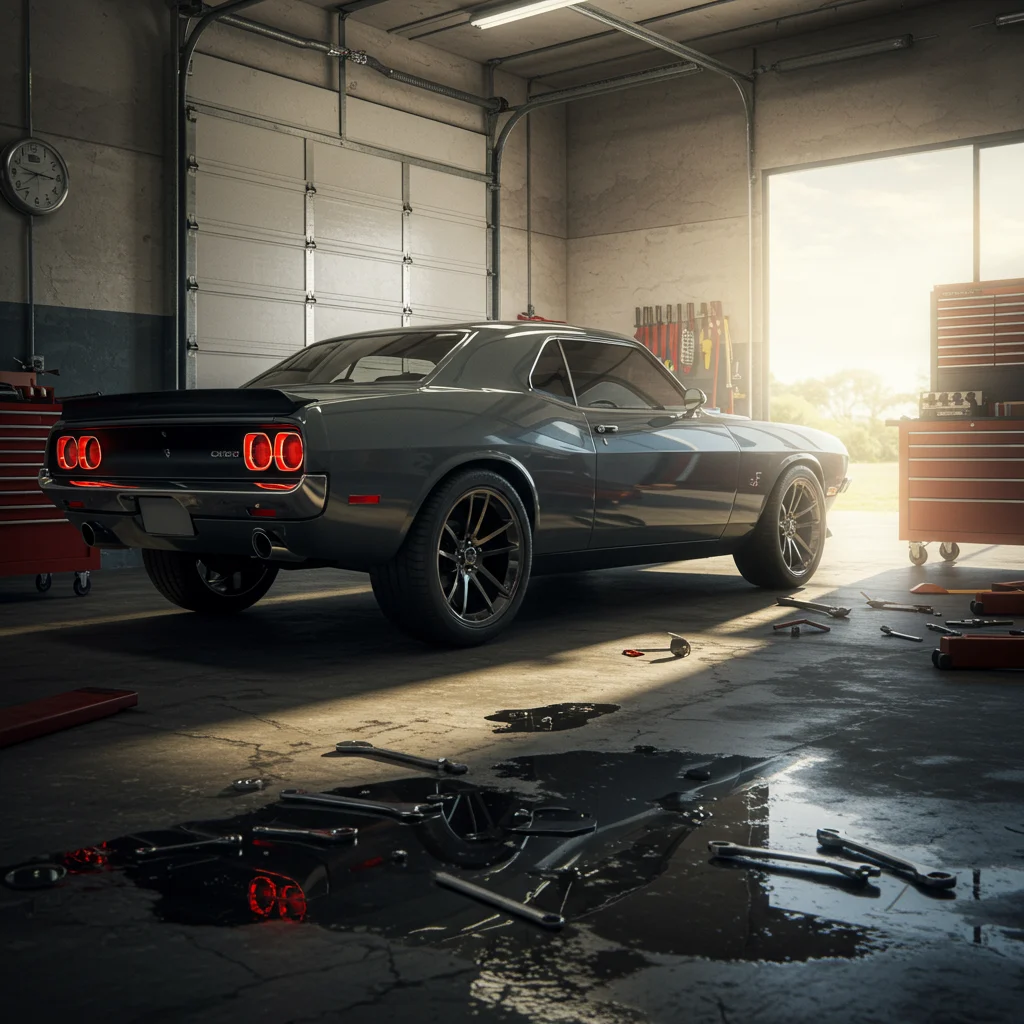
Essential Maintenance Tips
-
- Follow a strict schedule for oil changes, fluid checks, and tune-ups
-
- Store the car in a climate-controlled environment to prevent rust and deterioration
-
- Use high-quality replacement parts when needed
-
- Keep detailed maintenance records
Common Issues to Watch For
Classic muscle cars can suffer from rust, electrical issues, and aging components. Regular inspections and prompt repairs will help keep your car running smoothly and safely.
The Future of American Muscle Cars
The muscle car tradition shows no signs of fading, but it is evolving in response to new technology and changing consumer preferences.
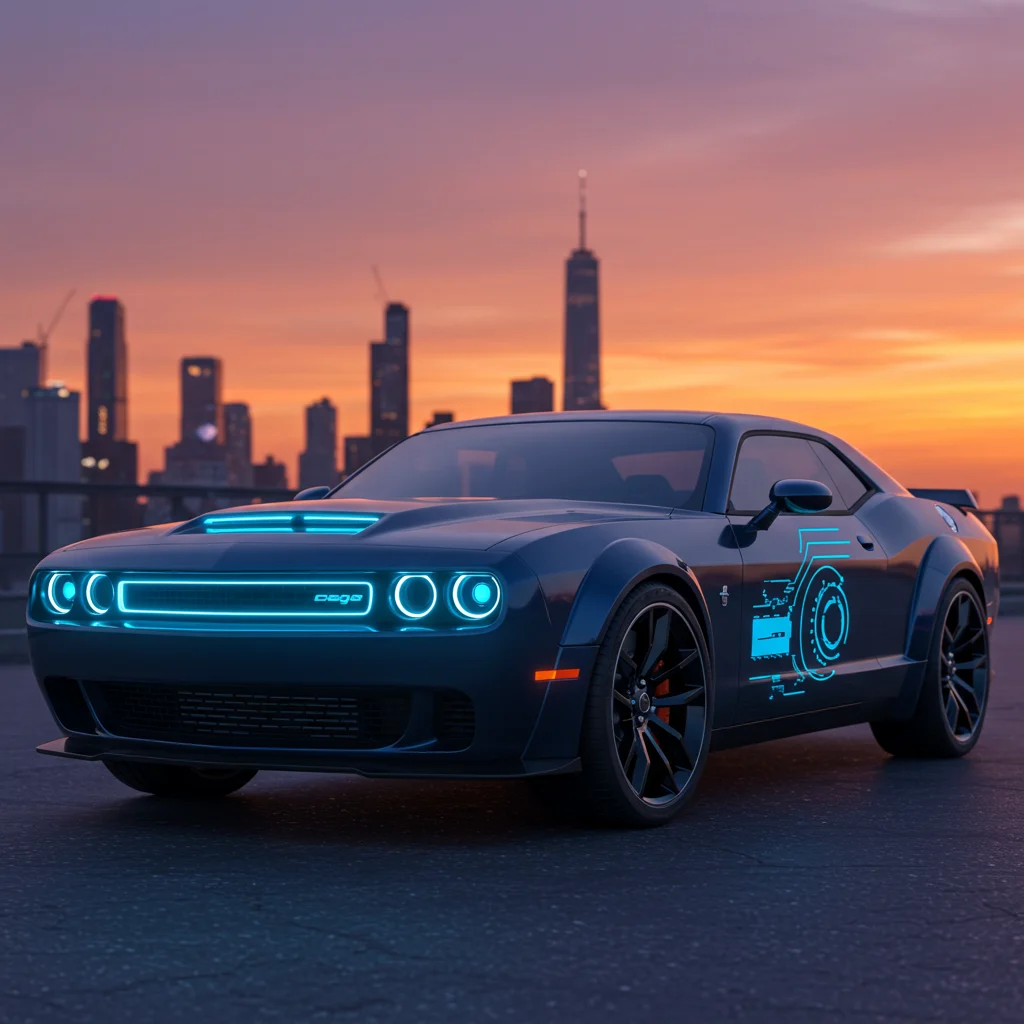
Are Electric Muscle Cars on the Horizon?
Manufacturers are experimenting with electric powertrains that promise instant torque and impressive performance. While some purists may hesitate, these vehicles could usher in a new era for American muscle, combining sustainability with traditional excitement.
How Are Manufacturers Preserving the Muscle Car Legacy?
Brands like Ford, Dodge, and Chevrolet continue to offer models that honor their heritage with retro styling cues and potent engines. Special editions, heritage packages, and motorsport involvement keep the spirit alive for a new generation.
Conclusion: The Enduring Legacy of Muscle Cars
American muscle cars have left an unforgettable imprint on the world of automobiles, blending power, passion, and personality in a way that continues to excite enthusiasts. Whether admired on the road, at a show, or in the pages of history, their legacy endures.
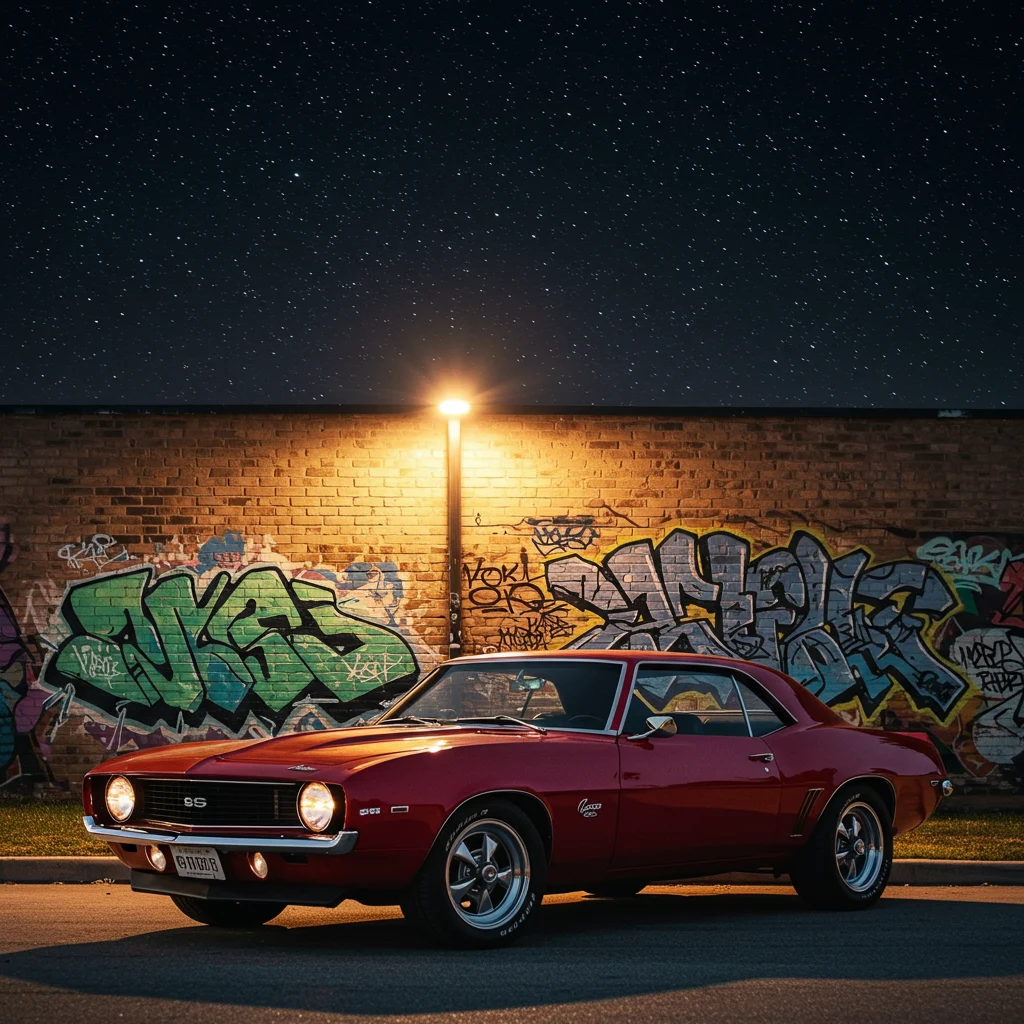
For those inspired to experience the thrill of these legendary machines firsthand, Capital Exotic offers unparalleled access to some of the most iconic vehicles ever built. The roar of a classic V8 and the allure of timeless design await anyone ready to join the ranks of true muscle car fans.
Frequently Asked Questions About Muscle Cars
Which Muscle Car Is the Fastest?
Among classic models, the 1970 Chevrolet Chevelle SS 454 and Plymouth Hemi ‘Cuda are often cited as the fastest, with quarter-mile times under 13 seconds. Modern muscle cars, however, can surpass these figures thanks to advanced engineering and technology.

Are Muscle Cars Practical for Daily Driving?
While muscle cars offer exhilarating performance, they may lack modern comforts, fuel efficiency, and reliability for daily commuting. Enthusiasts often reserve them for weekend drives, shows, and special occasions.
How Can I Start My Own Muscle Car Collection?
Begin by researching different models, setting a budget, and consulting with experienced collectors. Attend car shows, join enthusiast clubs, and consider starting with a well-documented example to build your knowledge and confidence. For more inspiration, revisit our comprehensive review of the great American muscle cars of all time.

